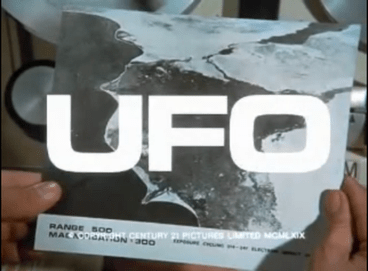 As American satellite television provider DirecTV teams up with four major studios to offer film content just 60 days after theatrical release, Nikki Baughan examines what premium video on demand could mean for the industry on both sides of the Atlantic.
As American satellite television provider DirecTV teams up with four major studios to offer film content just 60 days after theatrical release, Nikki Baughan examines what premium video on demand could mean for the industry on both sides of the Atlantic.
Those of us who work in the film industry, whether commentators, analysts or active participants, are facing a period of tumultuous change which is likely to reshape the landscape in which we operate. In fact, to acknowledge that we’re facing such an event is akin to shutting the stable door after the horse has bolted; whether we like it or not, change is upon us. The demands of an increasingly mobile audience and the evolution of technology is forcing filmmakers, exhibitors and distributors to rethink current business models, and the status quo is under serious attack. Implementing such a cultural and economic shift across the board was never going to be easy, but the latest ‘big decision’ made by those at the top has highlighted just how divided opinion is about the future.
The fractious issue is, of course, the implementation of premium VoD by US TV provider DirecTV. As various online platforms like Amazon, YouTube and Netflix begin offering streaming video rentals on a timeframe in line with their home entertainment releases, DirecTV is to go one better and offer its customers the opportunity to view movies just 60 days after their theatrical release, for a $30 fee. And with Universal, Warner Bros, 20th Century Fox and Sony coming on board, it seems that the majors believe this is the way to future-proof their content. (Not to be outdone, Walt Disney has been independently testing PVoD in Portugal, where it released Tangled on cable TV six weeks after its theatrical debut there.)
The studios clearly see PVoD as a way to revitalise the once lucrative home entertainment market, which has suffered from decreasing sales thanks to low-priced rental options and subscription packages. And for DirecTV itself, it’s purely about staying ahead of the curve. “We are in an age where there are a lot of different options available for customers,” Derek Chang, DirecTV’s executive VP of content strategy and development, told The Hollywood Reporter. “We are trying to prepare ourselves for the future. Clearly there are different distribution technologies and methods that didn’t exist years ago.” And cable giant Comcast clearly agrees; they, too, are exploring PVoD and the option of offering film content just six to eight weeks after theatrical release.
But while the motivation behind this new venture might be clear, the outcome is far from obvious. While the studios may insist that PVoD marks a bright new dawn in film viewing—and a safeguard to their fiscal futures—there are many who insist that this is the first step on a dangerous road that could lead not just to trouble, but complete fiasco. These include high-profile filmmakers like James Cameron, Michael Bay, Kathryn Bigelow and Gore Verbinski who, along with several of their industry colleagues, recently signed an open letter protesting against PVoD. That letter states: ‘As a crucial part of a business that last year grossed close to $32bn in worldwide theatrical ticket sales, we in the creative community feel that now is the time for studios and cable companies to acknowledge that a release pattern for premium video-on-demand that invades the current theatrical window could irrevocably harm the financial model of our film industry.’











